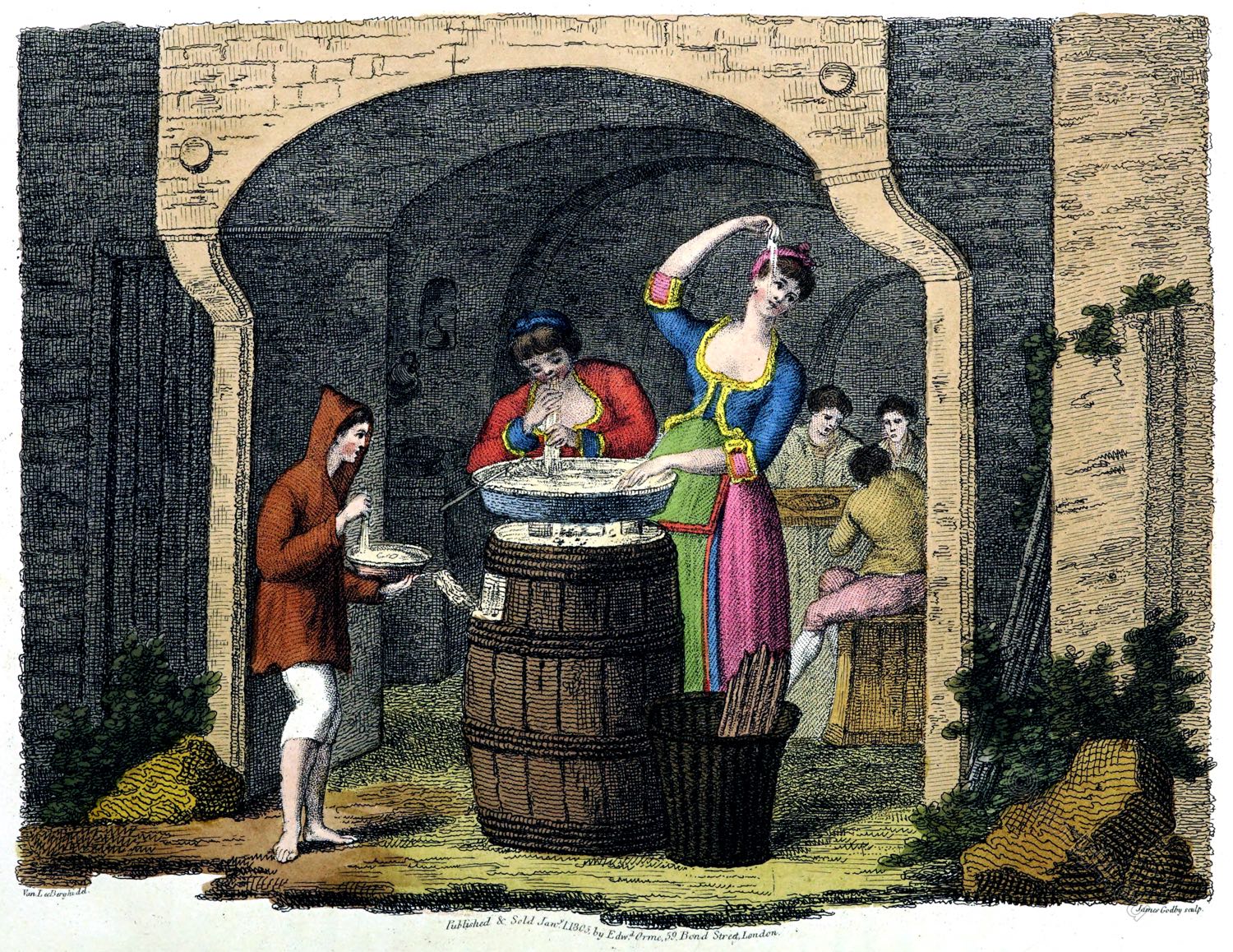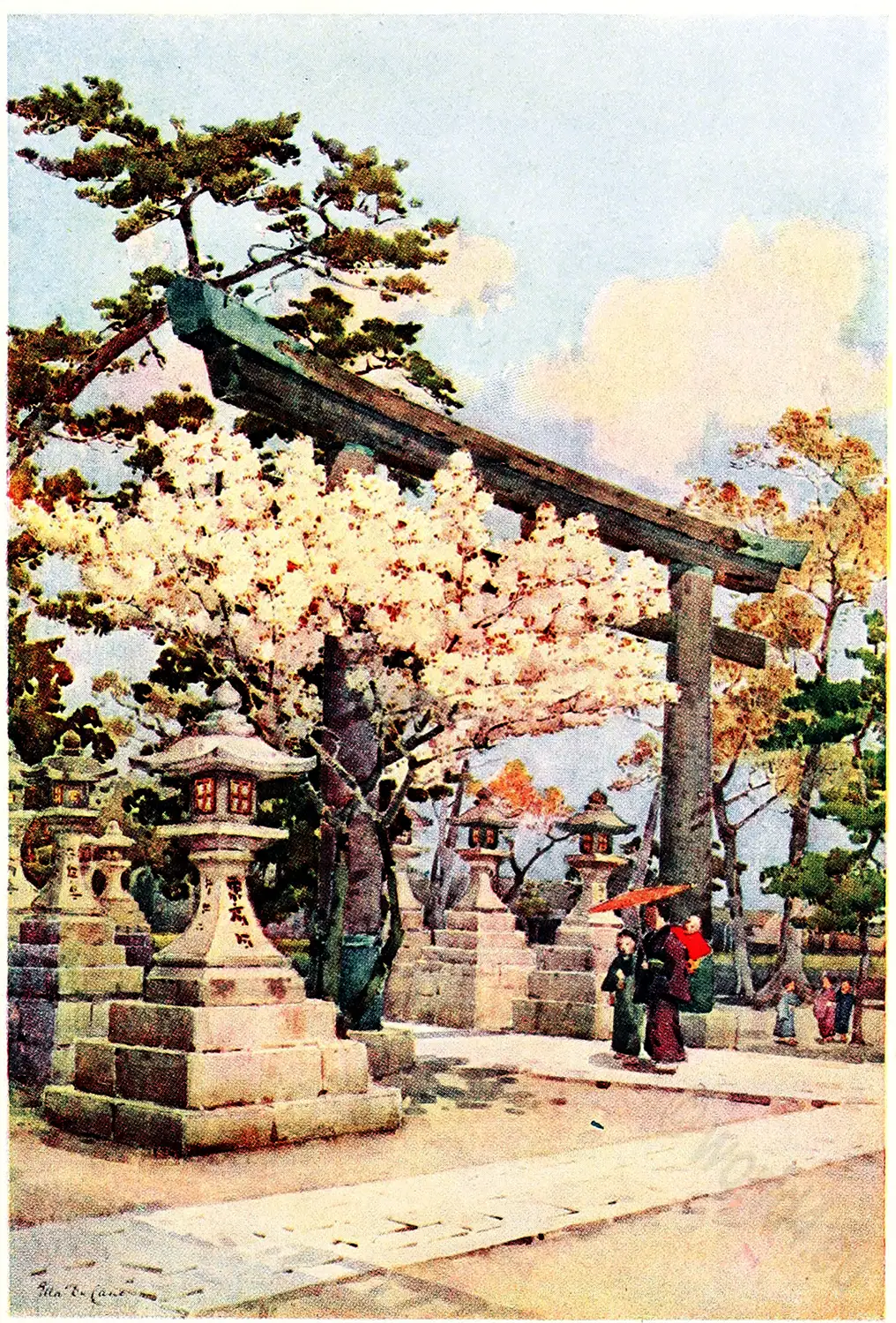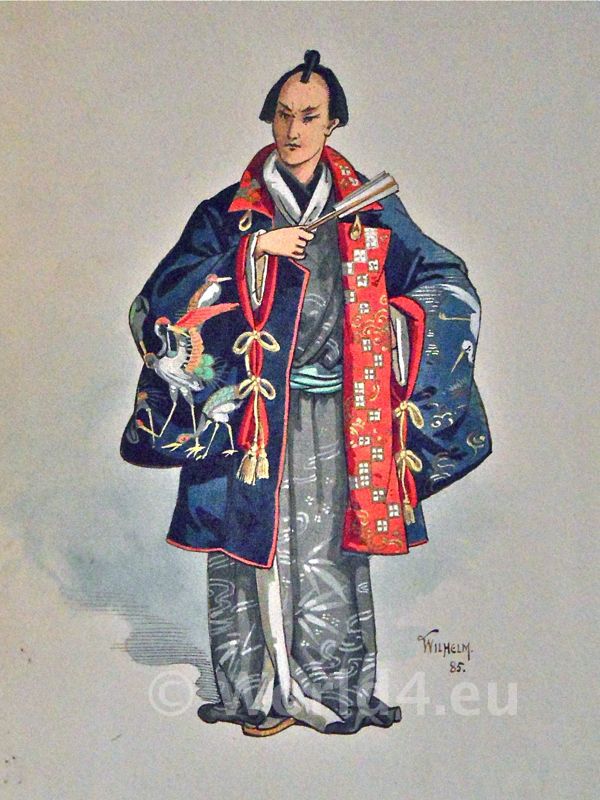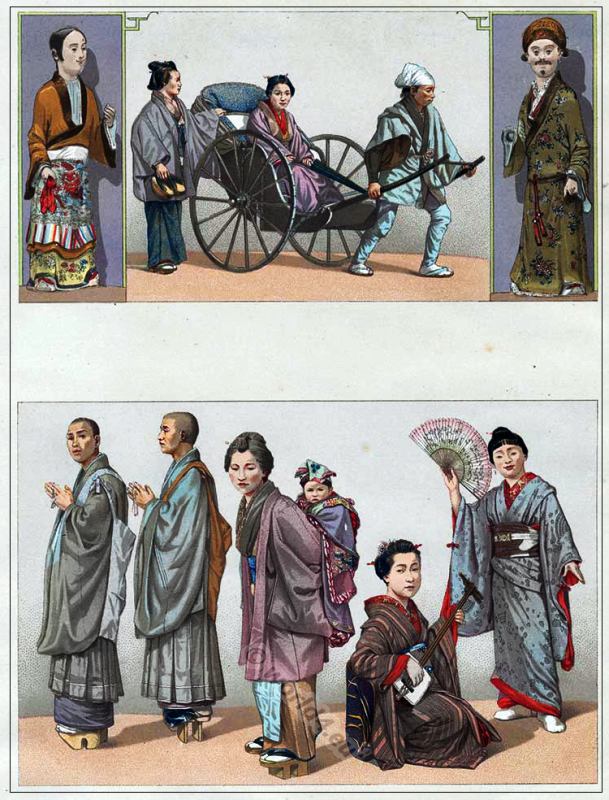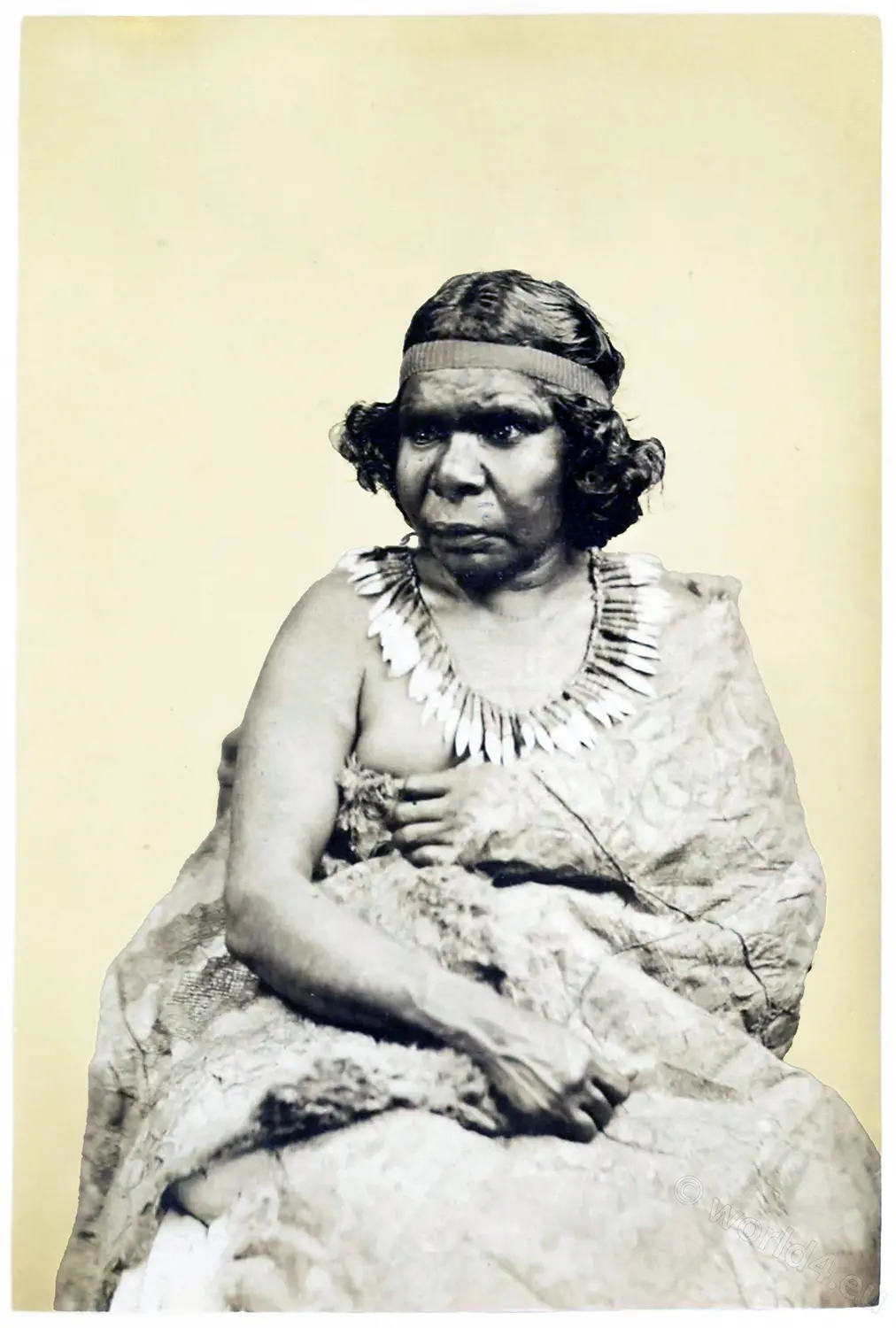Kazuma Ogawa, Japanese language 小川 一 眞 Kazumasa Ogawa, (1860 – 1929) was a photographer, publisher and printer, japanese pioneer in the introduction of photography in Japan during the Meiji era.
Kazuma Ogawa. Costumes & customs in Japan. Tokyo 1892.
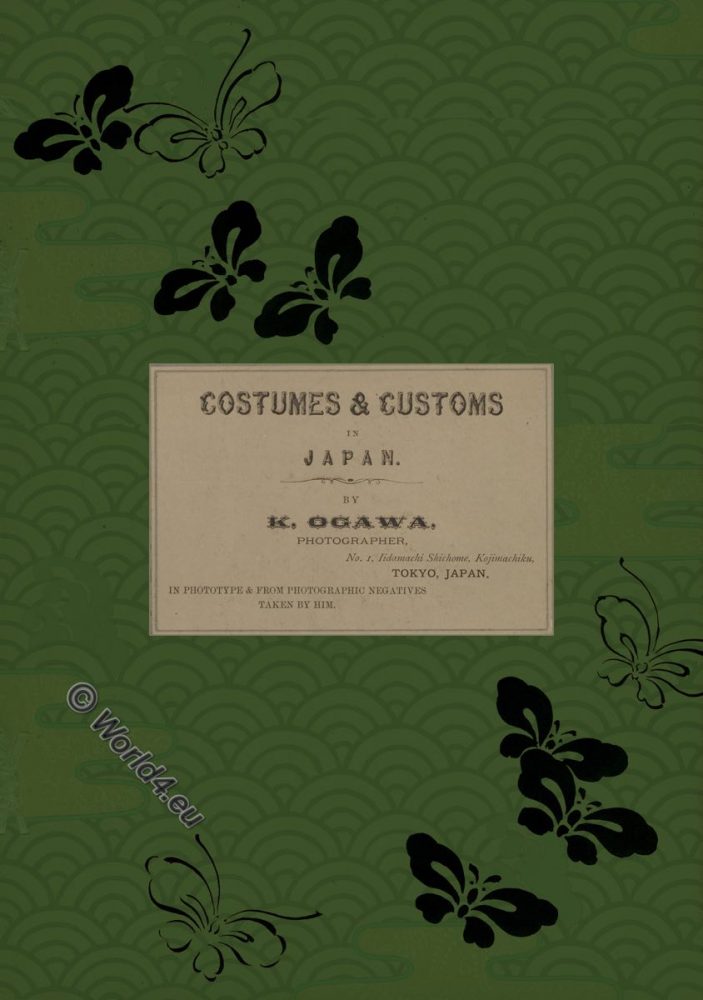
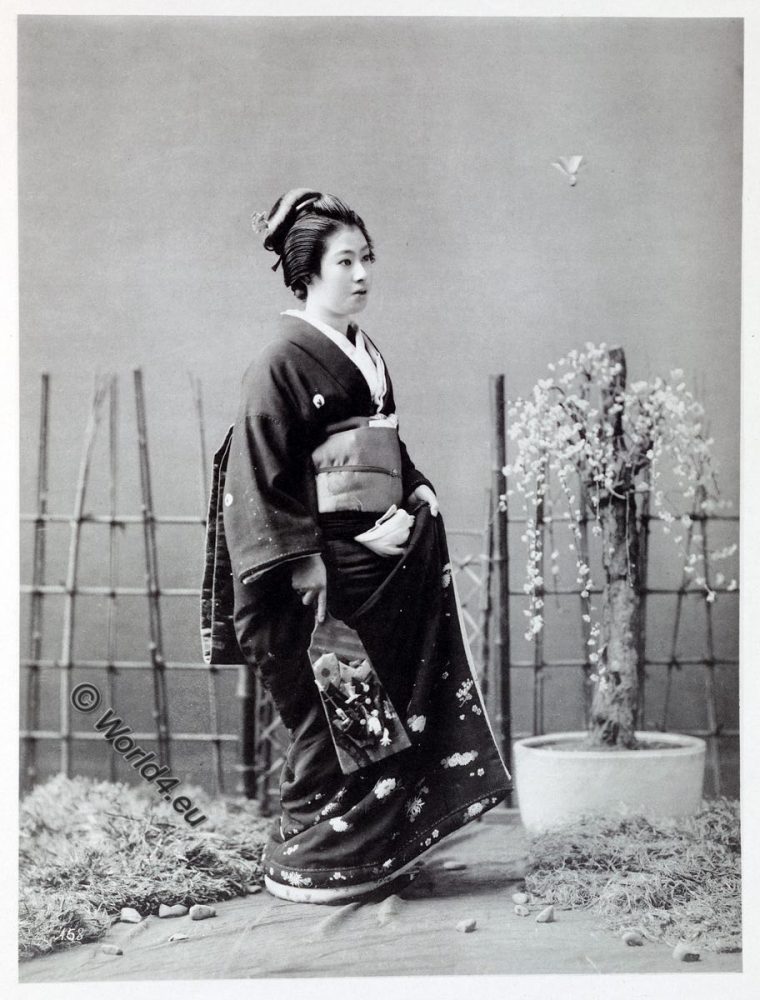
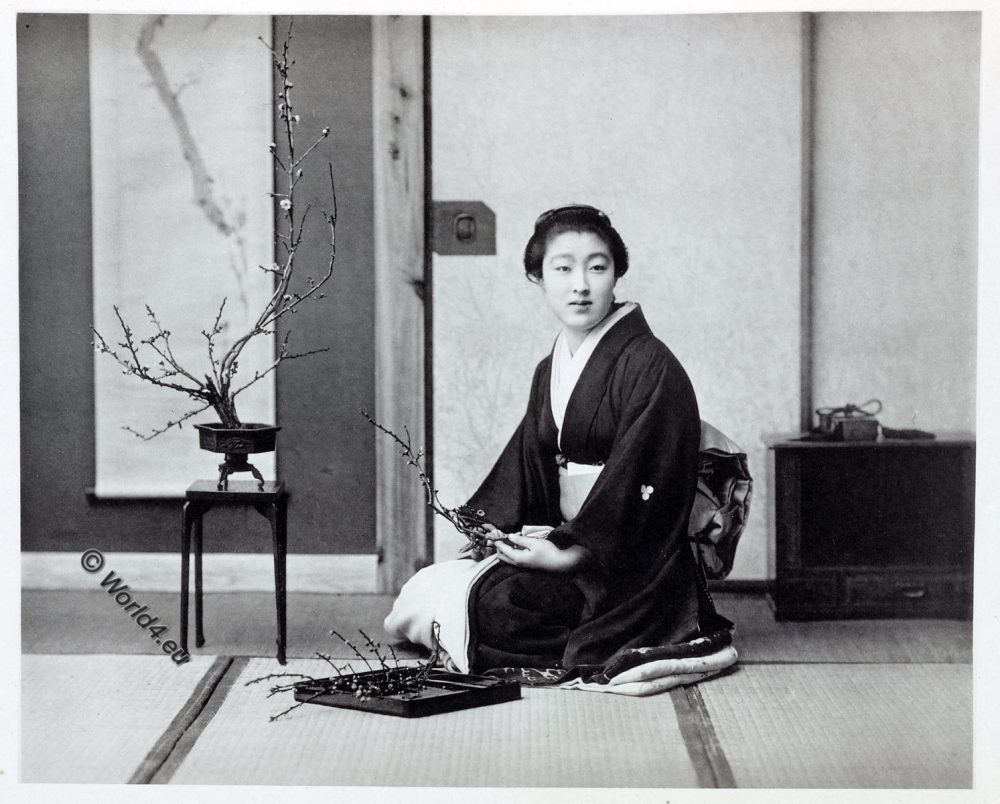
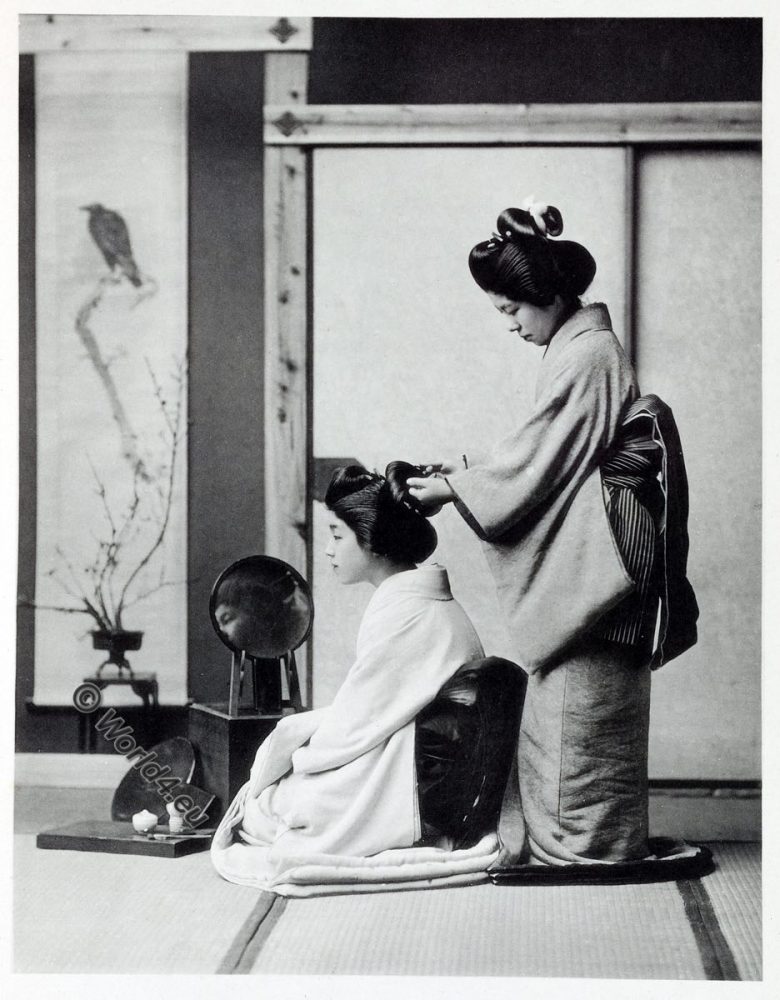
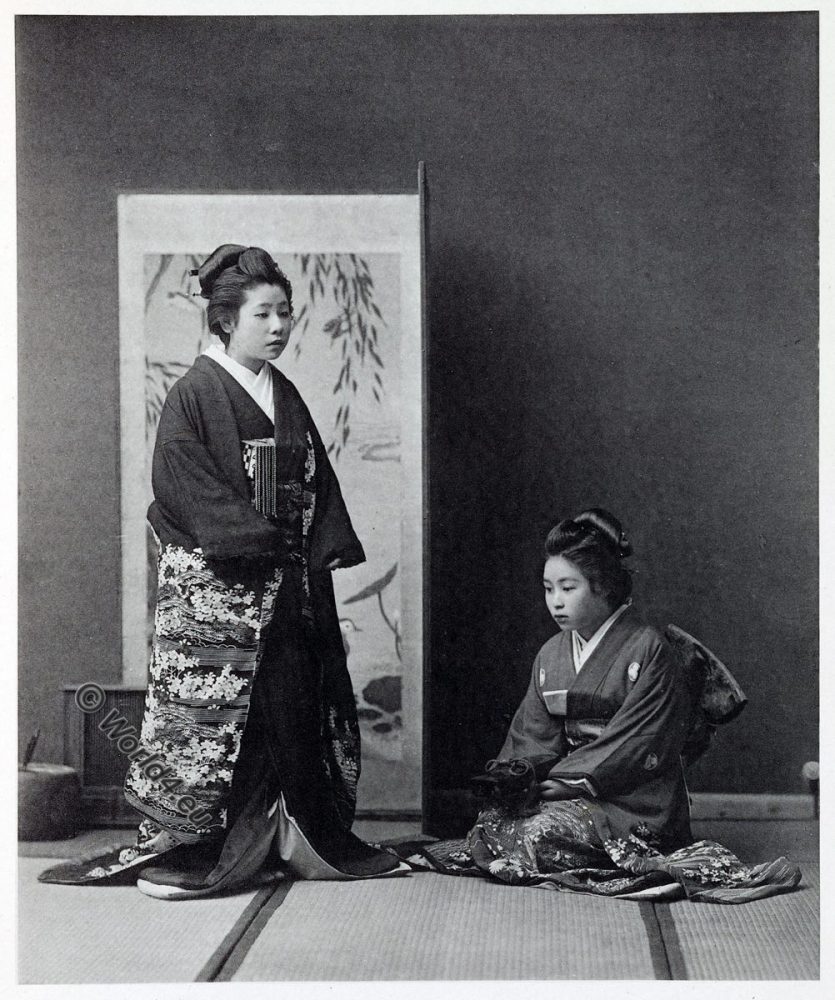

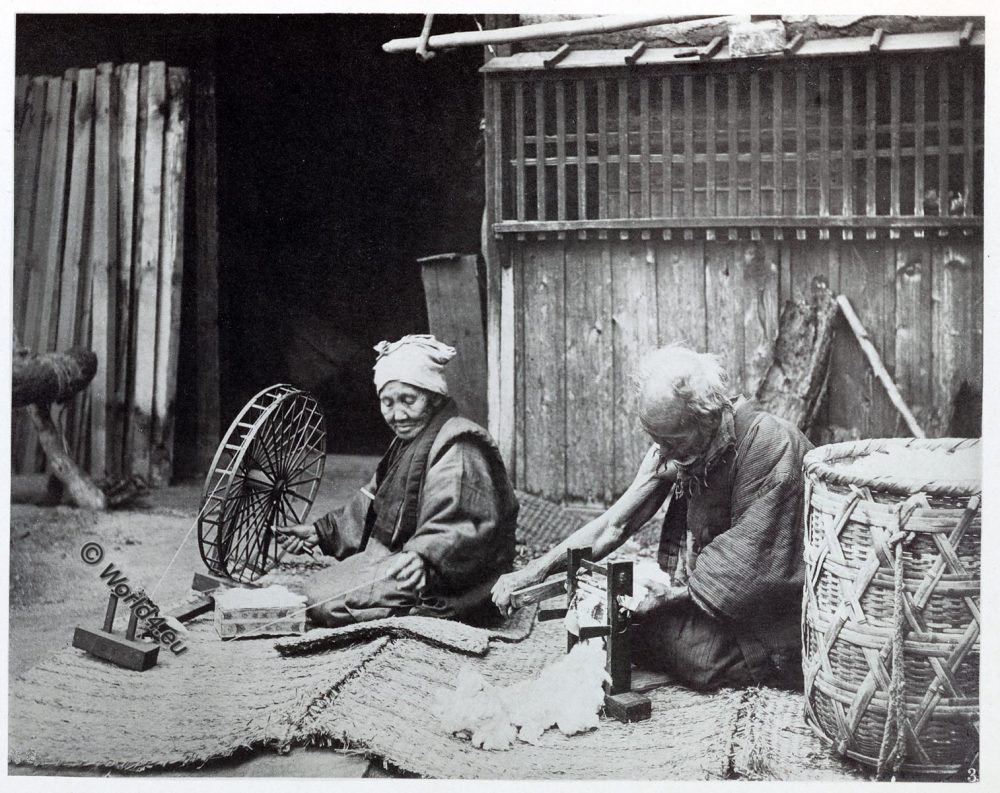
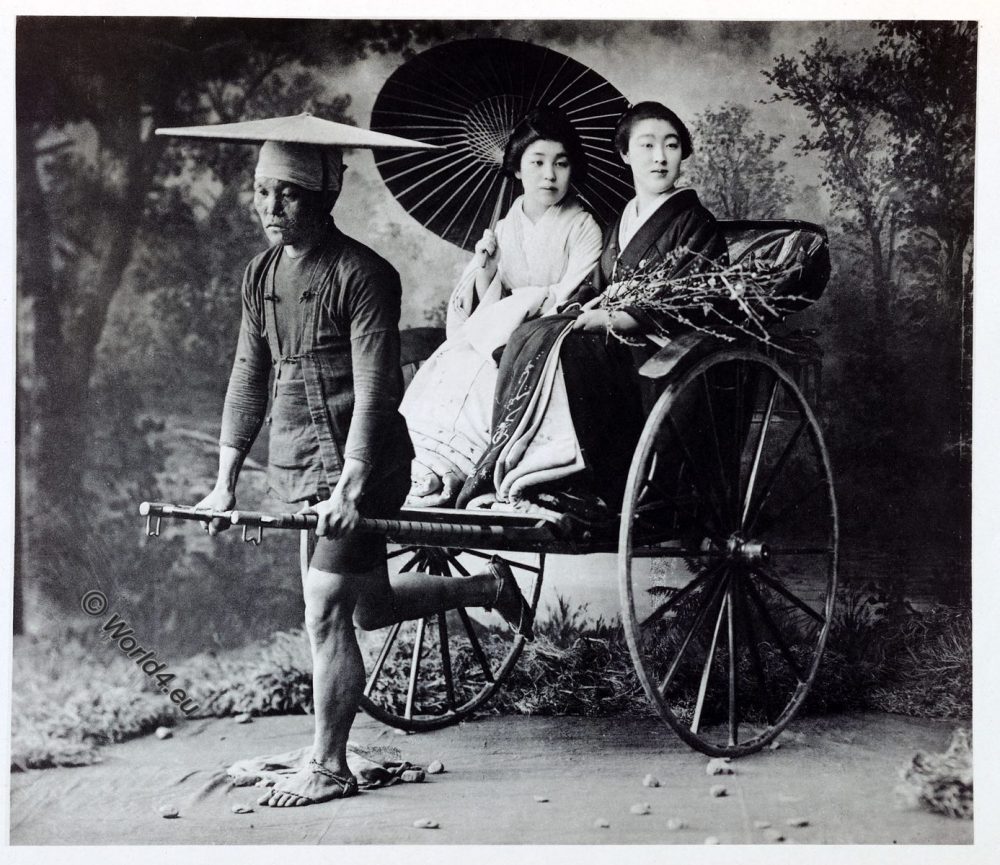
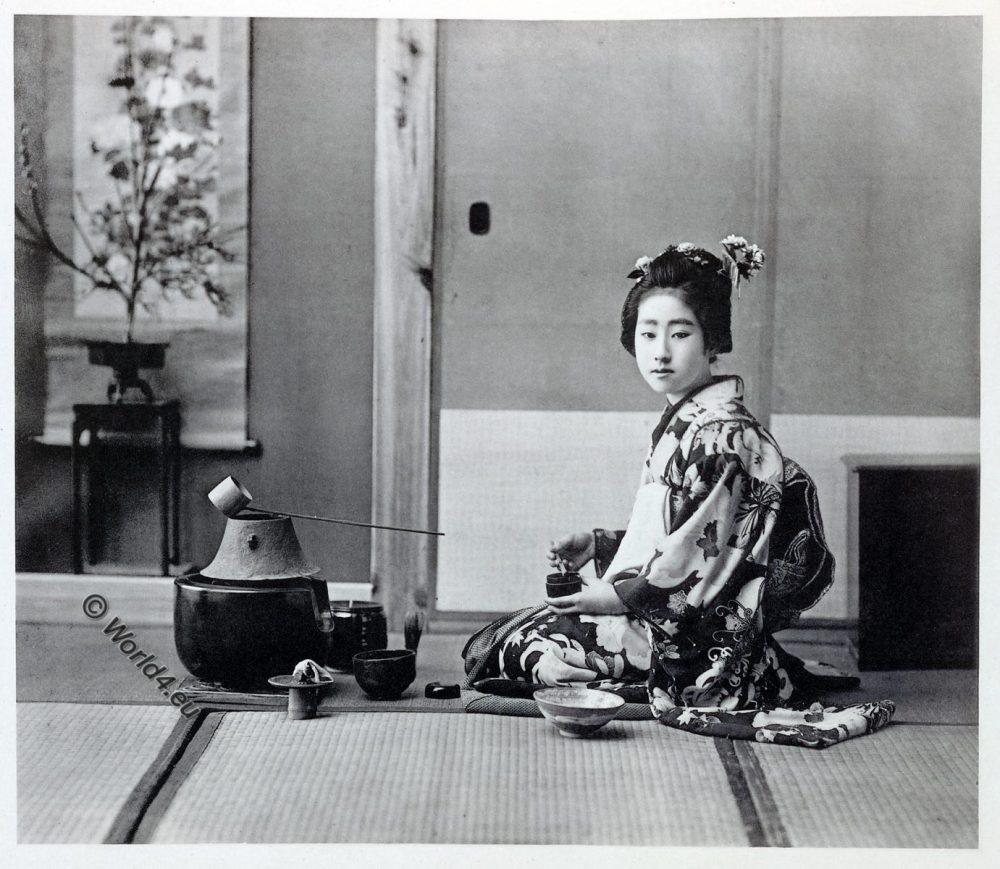

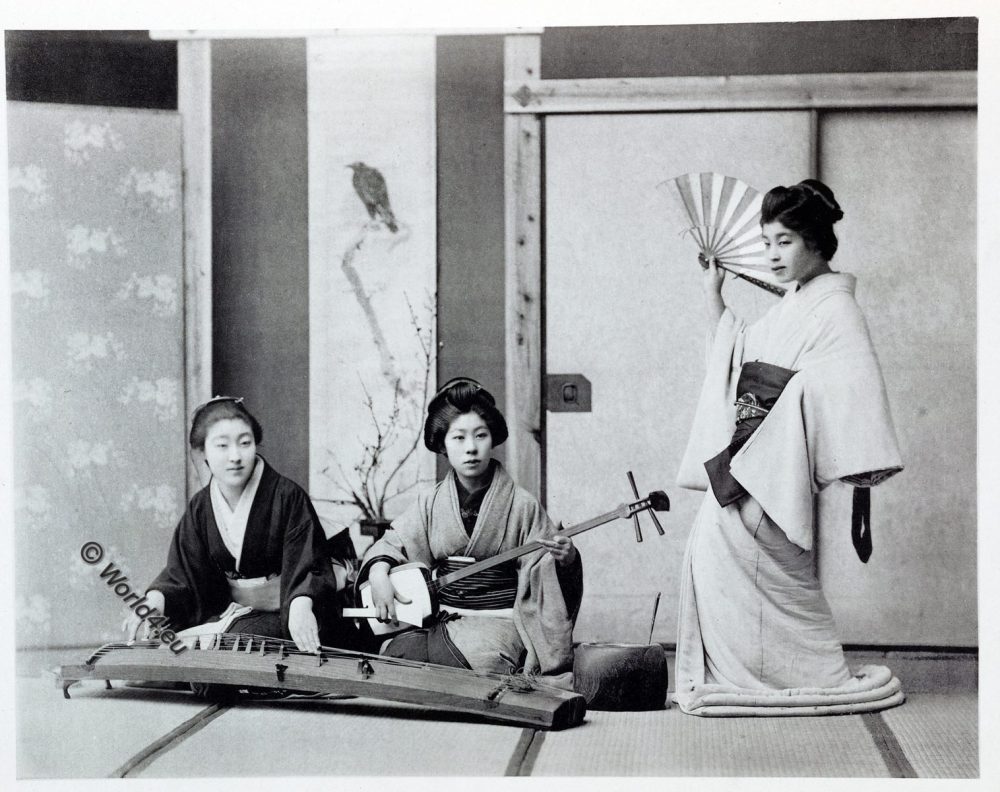

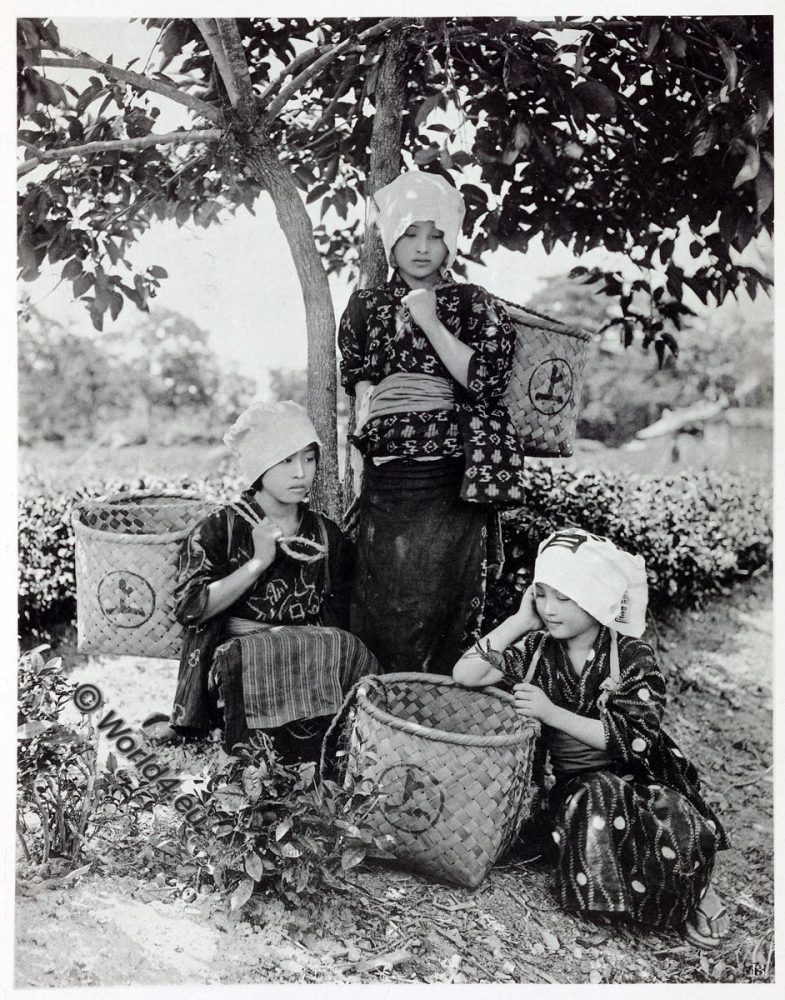
Kazuma Ogawa was born in Saitama to a family of the Matsudaira clan*. At the age of fifteen he began to study photography and English and in 1880 he moved to Tokyo to perfect him and a year later began working as an interpreter with the police while continuing his studies of photography in Yokohama with Shimooka Renjō. In 1882 he moved to Boston where he perfected his studies on photography and studied phototype in the Albert Type Company.
He returned to Japan and opened a photographic studio in 1885 in the Iidabashi neighborhood in Tokyo, in 1907 he founded the sensitive material factory called Tsukiji Kampan Seizō Kaisha (築 地 乾 板 製造 会 社) and then the printing press Ogawa Shashin Seihan jo (小川 写真 製版 所 ) employing the Collotype.
He was a founding member of the Photographic Society of Japan where he collaborated in the dissemination of photography. He made a report on the hundred of the most beautiful geisha in Tokyo to commemorate the opening of the Ryōunkaku; the first Japanese skyscraper. Other well-known reports are on solar eclipses between 1886 and 1888 and on monuments in China, as well as Japanese art and its temples at the end of the 19th century.
* The Matsudaira (jap. 松 平 氏, Matsudaira-shi) were a family of the Japanese sword (Buke) from the Matsudaira region in the ancient province of Mikawa, today’s Aichi Prefecture. He strove in the 16th century and is mainly known for his most famous representative, the Shōgun Tokugawa Ieyasu.
The Matsudaira family still exists. They meet, together with the other nobles, in the Kasumikaikan Association (霞 会館), located on the 34th floor of the Kasumigaseki Building in Tokyo.
Source: Costumes & customs in Japan by Kazuma Ogawa. Tokyo 1892
“No. I, Iidamachi, Shichome, Kojimachiku, Tokyo, Japan.”
Related
Discover more from World4 Costume Culture History
Subscribe to get the latest posts sent to your email.


